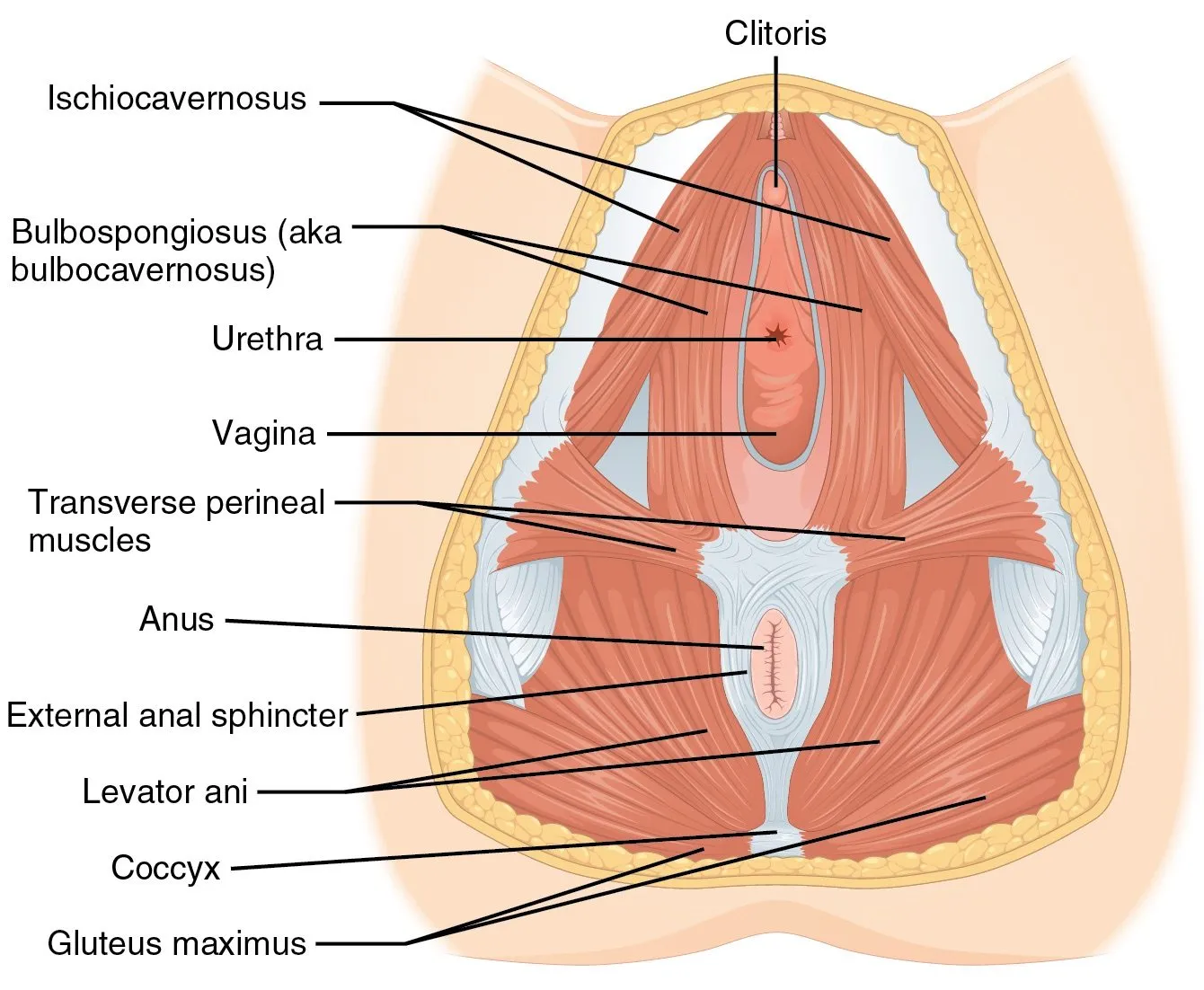What is squirting? The natural expression of women’s pleasure that is often stigmatised

Squirting. That old chestnut. You’re having sex and then suddenly – amid the flurry of sexual excitement – a waterfall of clear fluid starts pouring from your downstairs.
But this natural expression of women’s sexual pleasure is often stigmatised, with the UK government banning female ejaculation in pornography in 2014.
Even on Porn Hub, where there are a plethora of videos showing large volumes of liquids streaming from vaginas, women are often depicted in degrading ways or as submissive to men.
And, in 2015 a small study – involving just seven women – concluded that squirting is merely the result of involuntary urination.
But women have fought back, slamming the research on Twitter, saying it shamed their right to sexual pleasure, and arguing their case: squirting is definitely #NotPee.
Meanwhile, feminist porn film-makers like Erika Lust have spoken out against the government ban of female ejaculation, arguing that it only “perpetuate[s] the poor gender education our children are already receiving”.
These critics have a point – squirting is natural and something that women shouldn’t be afraid of doing. As Elsa from Disney’s frozen would (sort of…) sing: let it flow, let it flow.
So, what is squirting? Is it just pee? And why should women not be afraid to hold back? We speak to the experts to find out.
What exactly is squirting?
Squirting is the release of a large amount of liquid from the female genitals.
And we just don’t mean a trickle – according to Mike Lousada, a California state-approved clinical sexologist and sex therapist at Mazanti Lousada, squirting can release up to one litre of fluid.
Lousada says the liquid can be released in a variety of ways. “Sometimes fluid is released in a gushing way,” he says,” [and] sometimes in pulsing, squirting jets.”
A couple of small studies have suggested that the liquid comes out of so-called “female prostate gland” or Skene glands – small structures that drain fluid into the urethra (a tube connecting the bladder to the pee hole).
Stella Anna Sonnenbaum, a London-based sex expert, who has a Master’s in Public Health from the Technical University of Berlin, says these tiny glands can be seen on both sides of the urethal opening, and are about the size of a pinprick.

Let it all flow out
Is it just pee?
No…not exactly. A 2015 study published in the Journal of Sexual Medicine 2015 by Samuel Salama, a French gynaecologist concluded that “squirting is essentially the involuntary emission of urine during sexual activity”, albeit with a “marginal contribution of prostatic secretions.”
But the study only looked at seven women, and so has been criticized for its small sample size.
Shortly after the results of the study were published, there was a backlash on Twitter, with thousands chastising the research for shaming women over squirting and arguing that the fluid is not urine, using the hashtag #NotPee
Indeed, Sonnenbaum believes it is a “common misconception that female ejaculate is just pee”, adding: “Researchers have found varying levels of prostate specific antigen, which is also present in male ejaculate, and glucose, however the fluids can be mixed with diluted urine from the urinary bladder.”
And Lousada argues that squirting is not urine at all. “It’s definitely not pee,” he says.
“There have been many scientific studies of the content of female ejaculate, which can be up to almost one litre in volume.
The tests show that ejaculate is low is urea and creatinin – substances found in urine – however, it is high in Prostate Specific Antigens, [which are] produced in the prostate gland.
Ejaculate is usually clear, unlike urine and does not smell nor taste like urine.”

Image credit: Openstax
How does squirting happen?
Research suggests squirting mostly occurs when a woman comes, but that it can also happen during various stages of arousal, often involving the G-spot.
“Squirting occurs at varying levels of sexual arousal, usually via strong stimulation of the G-spot, or rather, the G-Ridge,” says Sonnenbaum.
She also says squirting can happen by going down on women. “Squirting can also occur when women receive oral sex,” she says.
“Communication is paramount here, so I would encourage women who know that they squirt easily to communicate that to their partners.”

Source: Netflix/screen grab
Is squirting the same thing as female ejaculation?
It depends on who you speak to. Some experts think the terms are interchangeable, while others don’t.
Salama’s 2015 study concluded that “squirting” and “female ejaculation” were two different things, with him arguing that the latter results in a small amount of thicker, cloudier liquid. But, with his research coming under fire for having a small sample size, his reasoning is questionable.
For Sonnenbaum and Lousada, it doesn’t yet make sense to distinguish between the two, as there has not been enough research into either.
“With all the myths and unresolved mysteries surrounding female ejaculation, a differentiation does not currently make sense in my opinion,” says Sonnenbaum.
“It’s important to keep in mind that neither is just urine, as many are completely unaware of it and seek medical help for urine incontinence when squirting or ejaculation occurs.”
Lousada, meanwhile, says: “A variety of fluids come from the female genitals, any of them may be referred to as either squirting or female ejaculation.”

How many women squirt?
Sonnenbaum believes most sexually mature woman can squirt as nearly all of them have Skene glands.
Still, she says some women hold back from squirting over the stigma attached to it. “A lot of women hold back from squirting as the urge can be confused with the need to pee,” she explains.
Whatever the experts say – more research is needed
With researchers have differing views over the science behind squirting, one thing is clear: more studies, with larger sample sizes are needed to give a better understanding.
“The mechanics of squirting are still not fully understood,” says Lousada. He adds: “I’d say that science is just beginning to understand the wonder of female ejaculation and further research would be highly useful in order to demystify and normalise it, reducing women’s feeling of shame and confusion about this topic.”
And Sonnenbaum believes that children should be taught about squirting in school, so as to reduce the stigma surrounding it.
“Female ejaculation needs to be talked about in sex education classes at school,” she says, “because a lot of men and women don’t know anything about it and women get shamed for seemingly urinating onto their partners during sex, which can be very awkward for them.”

